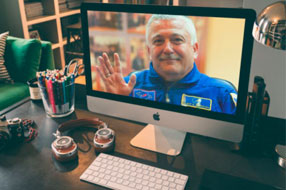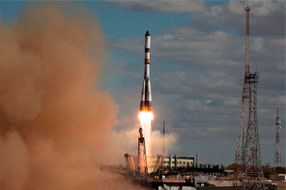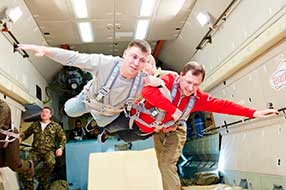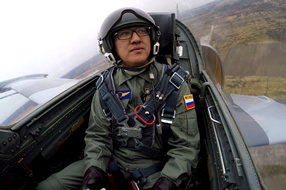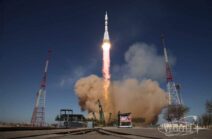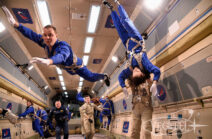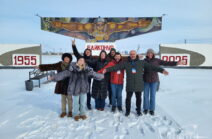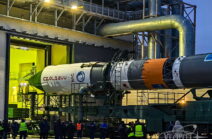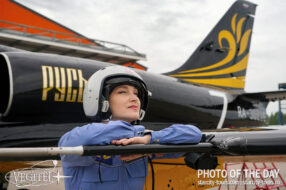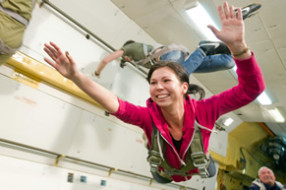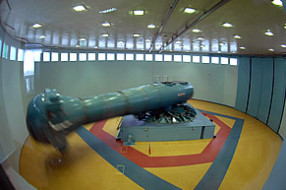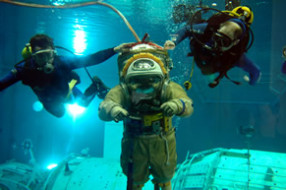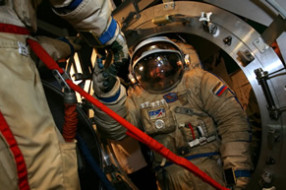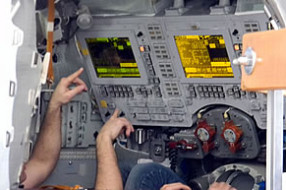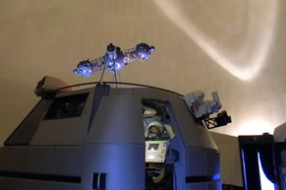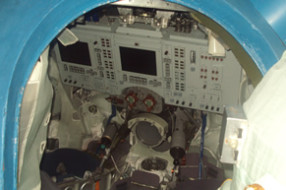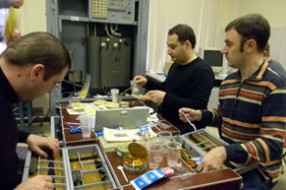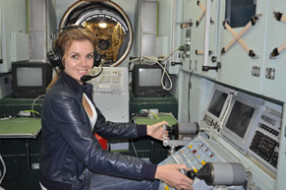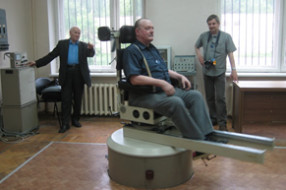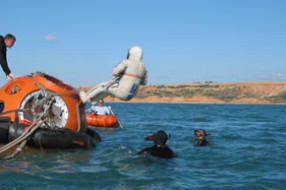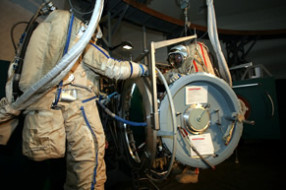Gagarin Cosmonaut Training Center


The history of Yu. Gagarin Cosmonaut Training Center starts from the 11th of January 1960 when on the initiative of chief constructor of rocket-space technical equipment S.Korolev it was decided to establish an organization for the first space flight training.
On April 12, 1961 Yuri Gagarin performed the first human space flight in the world on SV “Vostok”. Afterwards there were many outstanding and exciting achievements performed with the help of GCTC, including the flight of the first woman-cosmonaut V.Tereshkova, the first space walk of A.Leonov, execution of regular flights onboard the first orbital stations Salut, space station Mir, and then the International Space Station.


The main activities of GCTC are the following:
- Cosmonauts’ selection and training for flights on manned space vehicles of all types and carrying out tests, researches, experiments and so on in space.
- Testing space facilities, equipment, systems, simulators, trainers, mock-ups, etc.
- Conduction of investigations on the problems of cosmonauts selection and training system development, improvement of manned space vehicles and cosmonaut activity in space, ensuring of spaceflight safety.
- Participation in the development of new manned space vehicles and facilities and peer review of scientific-technical products of different aerospace enterprises.
GCTC is well-known not only in this country but all over the world. It constantly collaborates with space agencies in the USA, France, Germany, Canada, Japan, ESA, with foreign companies – producers of space technical equipment.


At the beginning of new millennium the integration processes led mankind to the realization of the greatest it history space project – the International Space Station. The Centre greatly contributes to the implementation of this project. Nowadays GCTC has modern unique laboratory-simulation and training base, scientifically-grounded methods and techniques of cosmonaut training, competent and well-qualified specialists, and great experience of international cooperation.


+7 (495) 506-32-23
+7 (495) 662-45-99
For more information about the organization of the program please contact our managers by phone, e-mail or Skype.
HAVE A QUESTION?
Feel free to use our contact form to send online message. We will answer you shortly.




